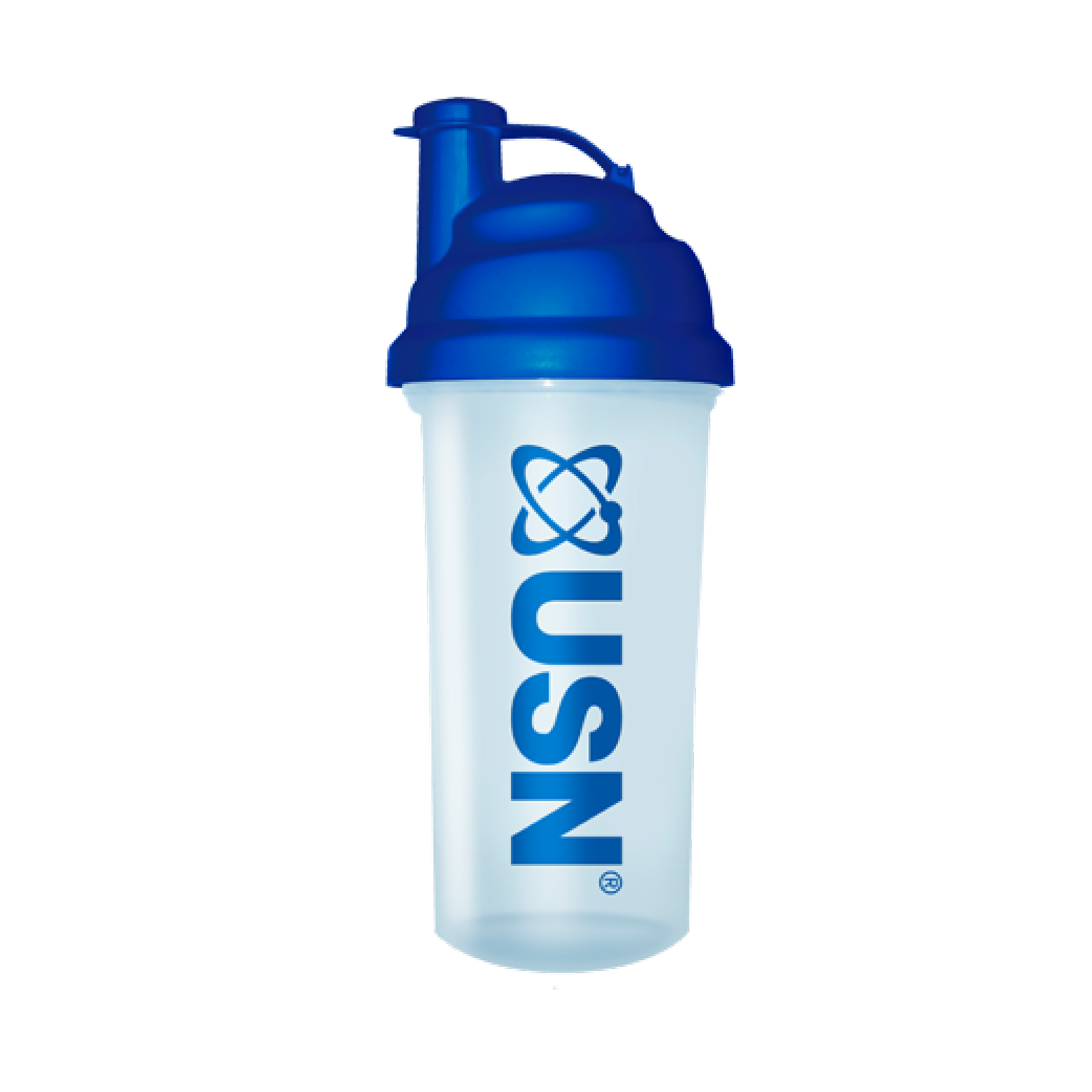
Cracking the Weight Loss Puzzle: A Straightforward Guide
January 2024Unlocking Essential Insights for a Healthier You
Embarking on the weight loss journey can be overwhelming, with a sea of opinions and confusing terms like BMI, BMR, and Macros thrown into the mix. But fear not, as we break down these weight loss terms in a straightforward manner. Join us on this no-nonsense exploration.
BMI Unveiled: Understanding What the Numbers Really Mean
Body Mass Index (BMI) is a way of figuring out if your weight is in a healthy range based on your height. It categorises people into underweight, ideal, overweight, or obese. However, it has its flaws, especially when it comes to distinguishing between muscle and fat. So, even if you're fit and muscular, you might still be labelled as overweight. Knowing your BMI is useful, but it's not the whole picture. The ideal BMI is between 18.5-24.9, but remember, it's not a perfect measure.
BMR Explained: How Your Body Burns Energy at Rest
Basal Metabolic Rate (BMR) is all about how much energy your body uses when you're at rest. It often gets blamed when people struggle with weight loss, but the truth is, it varies from person to person.
So what plays a part in our BMR?
- Genetics
- Omega 6/3 levels
- Gut health
- Stress
The good news is, you can boost your BMR with simple lifestyle changes like exercise, eating omega-3 rich foods, improving gut health, and managing stress. BMR isn't set in stone, and you have the power to influence it.
BIA: A Better Way to Measure Your Body
Bioelectrical Impedance Analysis (BIA) is a more accurate alternative to BMI. Instead of just looking at weight and height, BIA uses electrical signals to measure fat, muscle, and lean tissue. It's painless and accessible through specialised machines, providing a precise assessment of your body composition. Many fitness professionals and nutritionists use BIA, so getting your numbers shouldn't be a hassle.
Cracking the Macros Code: Finding Balance for Sustainable Weight Management
Macros, short for macronutrients—protein, fats, and carbohydrates—make up the bulk of our diet. Tweaking their ratios can help with weight-related goals. While some diets recommend going low-carb for quick weight loss, it's crucial to look at the bigger picture. Drastic changes can impact your fibre intake and essential fatty acids, which play a role in metabolism and preventing weight gain. Balancing your macros ensures a long-term, nutrient-rich diet.
Micronutrients: The Unsung Heroes of a Healthy Diet
While macros are important, don't forget about micronutrients. These are found in whole foods like fruits, vegetables, seeds, and spices. While they might not directly impact weight, they are essential for overall health. Adjusting your diet, like going low carb or low fat, shouldn't mean sacrificing these essential micronutrients. A well-rounded diet ensures your body gets what it needs to stay healthy.
Key Takeaways for Clearer Weight Loss Understanding: Keep It Simple
Deciphering weight loss terms doesn't need to be complicated. Key terms like BMI, BMR, BIA, and Macros are your tools for navigating the world of weight management. From getting a rough idea of your body mass to boosting your metabolism, understanding these concepts sets the stage for a healthier and informed weight loss journey. This straightforward guide aims to empower you with the knowledge needed to navigate health decisions with confidence.
References
1 Kahn HS, Bullard KMK. Beyond Body Mass Index: Advantages of Abdominal Measurements for Recognizing Cardiometabolic Disorders. In: American Journal of Medicine. ; 2016. doi:10.1016/j.amjmed.2015.08.010
2 Küçükkubaş N, Aytar SH, Açlkada C, Hazlr T. Bioelectric impedance analyses for young male athletes: A validation study. Isokinet Exerc Sci. 2020. doi:10.3233/IES-185209
3 Yetgin MK, Agopyan A, Kucukler FK, et al. The influence of physical training modalities on basal metabolic rate and leptin on obese adolescent boys. J Pak Med Assoc. 2018.
4 Logan SL, Spriet LL. Omega-3 fatty acid supplementation for 12 weeks increases resting and exercise metabolic rate in healthy community- dwelling older females. PLoS One. 2015. doi:10.1371/journal.pone.0144828


